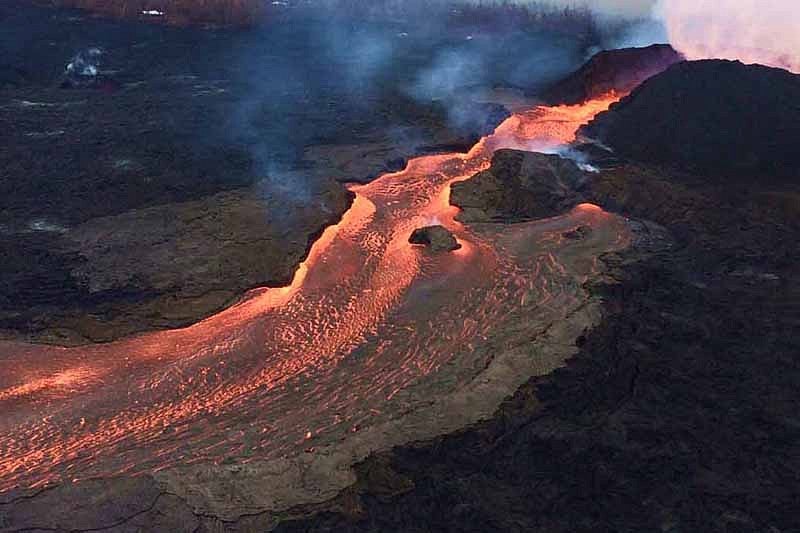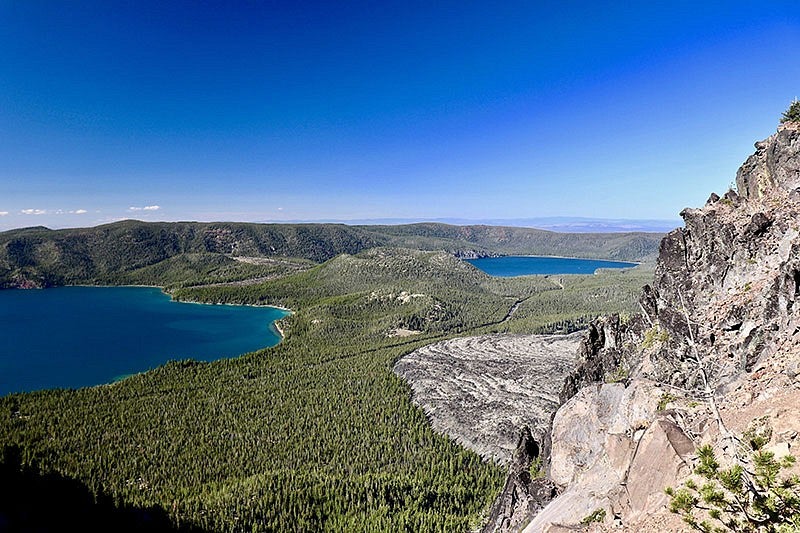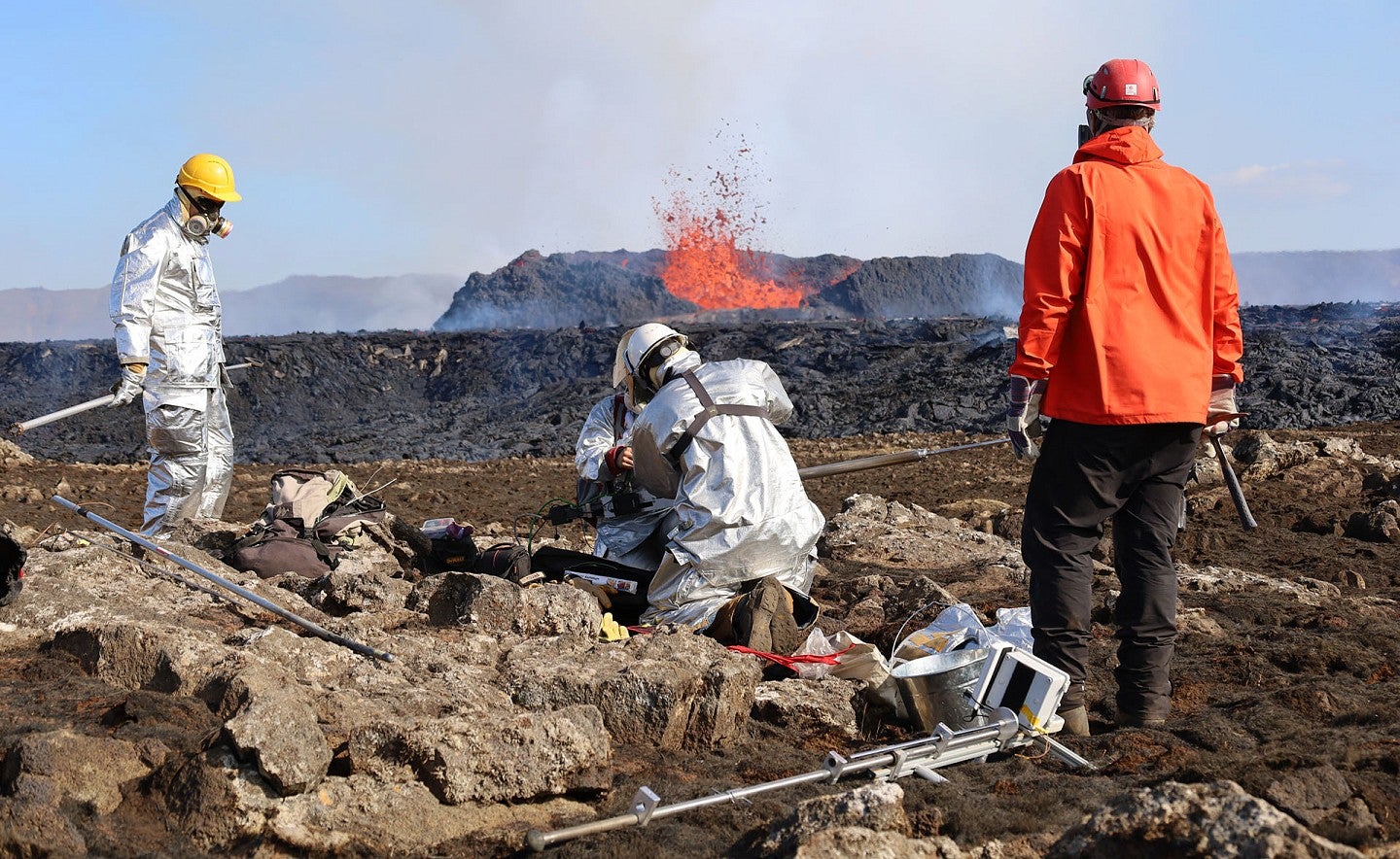
The UO sparks an eruption of volcano research
University of Oregon scientists are expanding the human understanding of volcanic forces around the globe
Modern volcanology combines aspects of geochemistry, petrology, geophysics and geodynamics. At the University of Oregon, researchers and students are well-positioned to study those processes using the natural laboratory found in Oregon, where tectonic subduction caused by oceanic plates colliding with a continental plate drives volcanoes and earthquakes. But scientists based in Eugene are making their research felt around the world, sparking discoveries in Iceland, on Hawaii — and in the UO’s own backyard.
In honor of Volcano Week 2025, take a look at how UO faculty researchers are pushing to expand human understanding of the forces shaping our planet.

Fire and Iceland
A University of Oregon researcher is part of an international team of scientists watching the volcanoes on Iceland’s Reykjanes Peninsula. They’ve uncovered parts of the geological processes behind the new volcanic era — and they predict the region may have to prepare for recurring eruptions lasting years to decades and possibly centuries.
Read more on UO research that indicates Iceland’s volcano eruptions may last decades.
Volcanologists uncover a new kind of eruption
No two volcanic eruptions are exactly alike, but scientists at the University of Oregon think a series of explosive eruptions at Hawaii's Kīlauea volcano fit into a whole new category: The explosions were driven by sudden pressure increases as the ground collapsed, which blasted plumes of rock fragments and hot gas into the air, much like a classic stomp-rocket toy.
Read more about how UO earth scientists described a new kind of volcanic eruption.
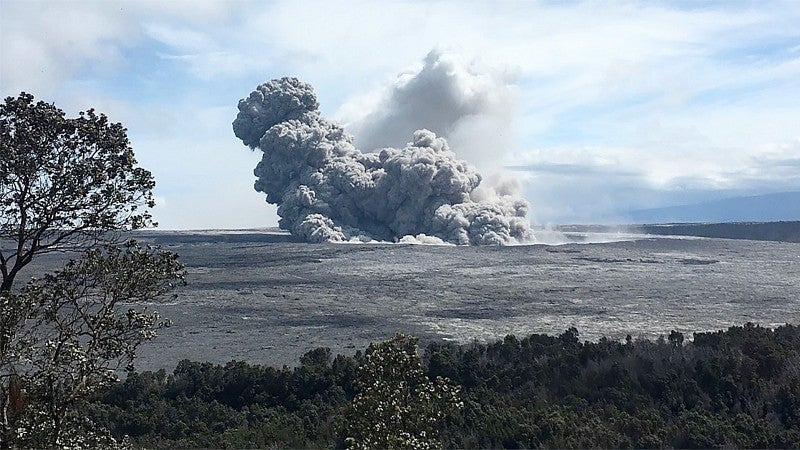
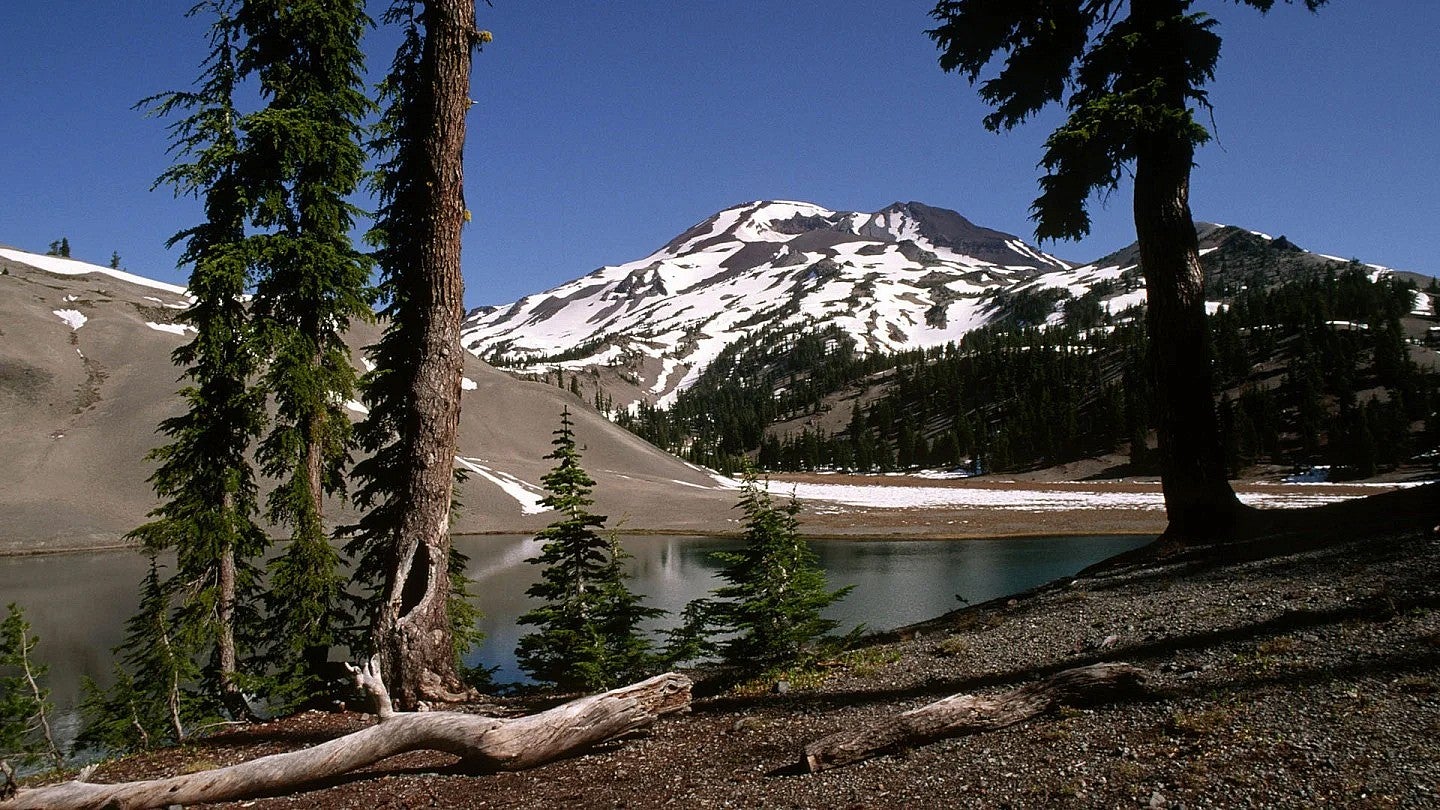
Charting the South Sister's eruption history
South Sister, which sits in an Oregon wilderness area popular for outdoor recreation, was historically active with greater intensity over a shorter time window than previously believed, researchers at the University of Oregon found. The volcanologists have also shown two distinct periods of eruptions in South Sister’s past that appear to come from different sources.
Read more about how UO scientists have updated the eruption history of Oregon’s South Sister.
Dig into earth sciences
Students in the UO's Department of Earth Sciences in the College of Arts and Sciences plumb the depths of subduction zone earthquakes, dig up ancient fossils, chart the origins of earthquakes and tsunamis, and even help explore other moons and planets. It's the place to be for anyone who's curious about what makes a world tick.
Related stories
